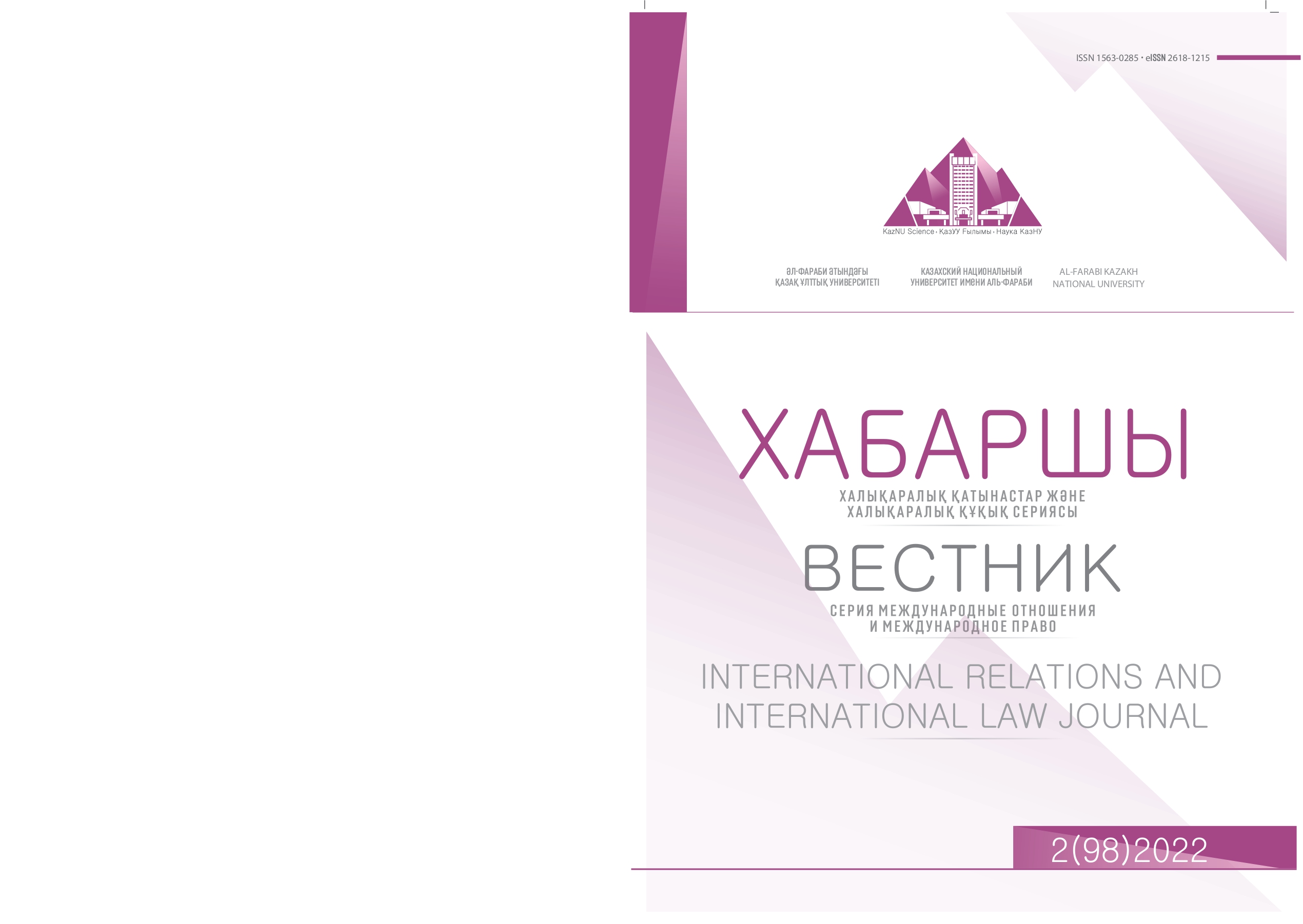New EU Strategy for Central Asia: Barriers for Its Successful Implementation
DOI:
https://doi.org/10.26577/IRILJ.2022.v98.i2.08Abstract
The European Union (EU) continues the line of cooperation with Central Asia. The 2007 strategy envisioned cooperation in areas ranging from environmental and energy to security, human rights and the rule of law. It was accepted for a ten-year term and it was replaced by another strategy with a small delay 12 years later. The new EU strategy for Central Asia, adopted in 2019, is an updated version of the 2007 strategy. This 2007 version was sharply criticized, on the one hand, due to the lack of clear goals, and on the other hand, because of the seemingly important, but in fact, marginal topics from the point of view of the Central Asian countries. The EU was criticized for its weak foreign policy, indecision and prioritization of secondary issues not only from outside, but also by member states. There is no doubt that the new Strategy has been supplemented and new areas of cooperation have been added. Nevertheless, to our minds, there are some inhibiting factors that interfere with the full success of the Strategy. Thus, the article focuses not on the success or the most positive aspects of the EU new Strategy for CA, but on defining the obstacles for its full development.
Key words: Central Asia, cooperation, EU, strategy studies, security




